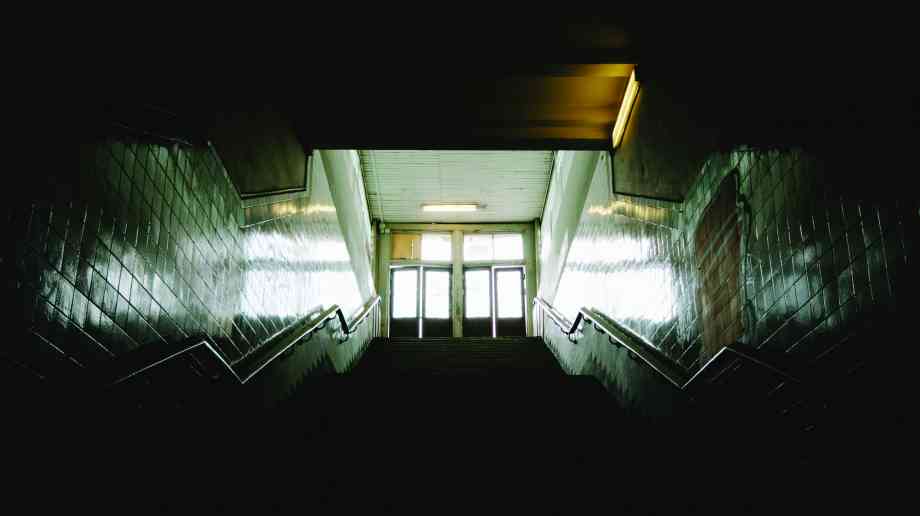
The state of the school estate
With research showing that 70 per cent of state-funded schools in England are not ‘fit for purpose’, Education Business examines the extent of the problem and what is being done to address it
Recent research has showed that 88 per cent of state-funded schools in England are reluctantly cutting or delaying routine building maintenance because of funding pressures.
The Association of School and College Leaders (ASCL) and education publication Tes surveyed 221 state-school heads about the condition of their school buildings and found that 70 per cent are not ‘fit for purpose’.
Leaks were a problem for 74 per cent of schools, asbestos was an issue for 68 per cent, and lack of space was cited as causing problems for 66 per cent.
Other repair works causing schools a problem included crumbling walls (59 per cent), faulty boilers/heaters (57 per cent), electrical problems (43 per cent), reliance on mobile classrooms (43 per cent) and damp (39 per cent).
Nearly half (46 per cent) of the heads with buildings not fit for purpose had to close part of their school in the last year.
Less than one per cent of all heads surveyed had enough capital funding to carry out all work needed and 78 per cent did not even have enough capital funding to carry out all essential work.
The survey showed that other problems included windows and doors in need of replacement; insufficient sports facilities and poor condition of playing fields and playgrounds; poor ventilation in classrooms and corridors; classrooms too hot or having excessive temperature swings; poor dining facilities and poor condition of toilets.
ASCL’s general secretary Geoff Barton has now called on the government to launch a major new capital programme to address the situation. He said: “What does it say about us as a country that with the sixth largest economy in the world, 78 per cent of our members say they do not have enough to carry out the essential repair works in their schools?”
In response, a Department for Education spokeswoman said: “We are investing £23 billion in the school estate between 2016 and 2021 to deliver new school places, maintain and improve school buildings, as well as rebuild and refurbish buildings in the worst condition through our Priority School Building Programme.
“This funding supports our priority of ensuring there are sufficient school places and that the school estate is safe and enables a high-quality education.
“We have also begun a new school Condition Data Collection, which will provide updated data on the school estate and allow us to better understand where funding is needed most.”
Condition Data Collection
This reference to data collection refers to an ESFA programme that will see every maintained school in England visited to collect data about the physical condition of school buildings and how they are managed.
It started in early 2017 and continues to Autumn 2019. The government says the Condition Data Collection (CDC) programme “is one of the biggest exercises in condition data collection in the UK public sector, as it will affect all schools in England that are funded by the government.”
The CDC will provide the ESFA with an improved and up to date evidence base which will help inform future funding allocations. It will help direct investment to the areas with the greatest condition need. It will also help identify school buildings for inclusion in future rebuilding programmes and help those responsible for maintaining buildings develop their building management data.
Before the site visit, schools are asked to complete an online school questionnaire, and to discuss their site with the surveyors on the day of the visit.
The EFSA says that schools input is important because they know their sites well and “will help make sure the information collected during the CDC programme is accurate and of high quality. This will make the CDC condition data more useful to schools when managing their buildings.”
Rising pupil numbers
The condition of school buildings will become a further issue as the school population grows.
The Local Government Association (LGA), which represents 370 councils in England and Wales, has warned of a secondary place shortfall “emergency” in the next five years.
LGA analysis revealed that nearly 134,000 children will miss out on a secondary school place by 2023/24 as a result of the surge in primary school pupils, unless new places are created.
The LGA analysis reveals that unless more secondary school places are created, 13 local authorities will face a secondary school place shortfall in 2019/20.
This will rise to 25 in 2020/21, 46 in 2021/22 and 54 in 2022/23.
By 2023/24, a total of 71 councils (52 per cent) face not being able to meet demand for 133,926 places.
To address this, the LGA is calling for government to give councils the power to open new maintained schools where that is the local preference; and hand back the responsibility for making decisions about opening new schools.
It should also give councils the same powers to direct free schools and academies to expand that they currently hold for maintained schools.
An ageing estate
Last year, the National Audit Office said that it would cost £6.7 billion to return all school buildings to satisfactory or better condition, and a further £7.1 billion to bring parts of school buildings from satisfactory to good condition. The most common major defects are problems with electrics and external walls.
The NAO estimates that the cost of dealing with major defects in the estate will double between 2015-16 and 2020-21, even with current levels of funding, as many buildings near the end of their useful lives, as 60 per cent were built before 1976.
Sir Amyas Morse, head of the National Audit Office, said: “Having enough school places in safe, high-quality buildings in the right areas is a crucial part of the education system. The Department has responded positively to start to meet the challenges it faces in relation to the quality and capacity of the school estate.
“Significant challenges remain, however, as the population continues to grow and the condition of the ageing estate deteriorates. To deliver value for money, the Department must make the best use of the capital funding it has available – by continuing to increase the use of data to inform its funding decisions and by creating places where it can demonstrate that they will have the greatest impact.”
Further Information:Latest News
09/01/2026 - 10:13
The measure, added to the Children’s Wellbeing and Schools Bill, delivers on the commitment made in the government’s manifesto to bring multi academy trusts into the inspection system.
08/01/2026 - 10:30
The government is launching a new app allowing students to view their GCSE results on their phones for the first time from this summer.
08/01/2026 - 09:45
Education Business LIVE has announced that Professor Samantha Twiselton OBE of Sheffield Hallam University will speak at the event in March 2026, delivering two thought-provoking sessions focused on initial teacher training and SEND provision.
07/01/2026 - 10:10
Solve for Tomorrow is a free, curriculum-linked programme which is mapped to Gatsby Benchmarks 4, 5, and 6, helping teachers embed careers education without adding to workload.
06/01/2026 - 10:24
London's universal free school meals programme has not led to improvements in pupil attainment during its first year, but has eased financial pressure and reduced stress for families.







